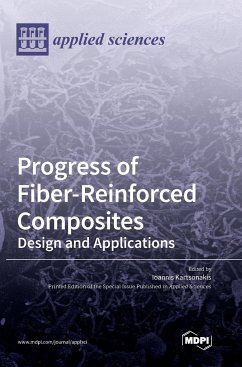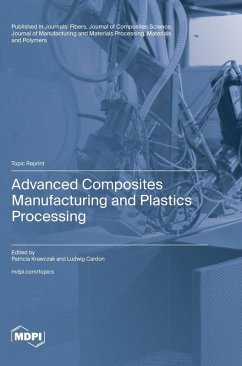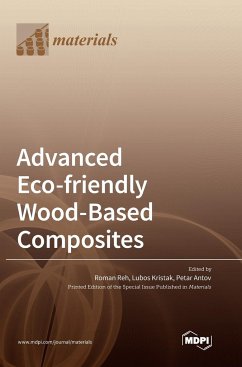
Multifunctional Composites
Versandkostenfrei!
Versandfertig in 1-2 Wochen
72,99 €
inkl. MwSt.

PAYBACK Punkte
36 °P sammeln!
With the progress in nanotechnology and associated production methods, composite materials are becoming lighter, cheaper, more durable, and more versatile. At present, great progress has been made in the design, preparation, and characterization of composite materials, making them smarter and versatile. By creating new properties using suitable fillers and matrix, functional composites can meet the most challenging standards of users, especially in high-tech industries. Advanced composites reinforced by high-performance carbon fibers and nanofillers are popular in the automotive and aerospace ...
With the progress in nanotechnology and associated production methods, composite materials are becoming lighter, cheaper, more durable, and more versatile. At present, great progress has been made in the design, preparation, and characterization of composite materials, making them smarter and versatile. By creating new properties using suitable fillers and matrix, functional composites can meet the most challenging standards of users, especially in high-tech industries. Advanced composites reinforced by high-performance carbon fibers and nanofillers are popular in the automotive and aerospace industries thanks to their significant advantages, such as high specific strength to weight ratio and noncorrosion properties. In addition to the improvement of the mechanical performance, composite materials today are designed to provide new functions dealing with antibacterial, self-cleaning, self-healing, super-hard, and solar reflective properties for desired end-use applications. On the other hand, composite materials can contribute to mitigating environmental issues by providing renewable energy technologies in conjunction with multifunctional, lightweight energy storage systems with high performance and noncorrosive properties. They are also used to prepare a new generation of batteries and directly contribute to H2 production or CO2 reduction in fuels and chemicals. This Special Issue aims to collect articles reporting on recent developments dealing with preparative methods, design, properties, structure, and characterization methods as well as promising applications of multifunctional composites. It covers potential applications in various areas, such as anticorrosion, photocatalyst, absorbers, superhydrophobic, self-cleaning, antifouling/antibacterial, renewable energy, energy storage systems, construction, and electronics. The modeling and simulation of processes involving the design and preparation of functional and multifunctional composites as well as experimental studies involving these composites are all covered in this Special Issue.












